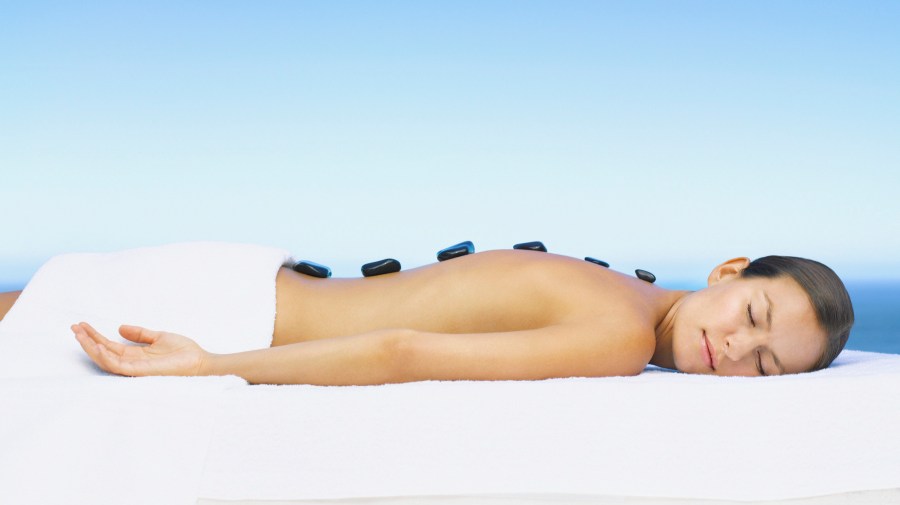
When your stress level is through the roof and your aching muscles just won’t stop demanding relief, a great massage can be a blissfully euphoric experience. A talented pair of hands targeting all the tightest spots in need of attention can feel like magic, but not every massage technique is right for every sore muscle. Apply the wrong type of pressure at the wrong time or on the wrong muscle, and the result might not be as magical as you hoped.
Although it’s amazing to kick back and relax while a professional works the kinks out of tired muscles, the end result is so much better when it’s the right massage for the job. There are actually many different types of massage, and they can all accomplish different results. Whether you’re looking for pain relief or you simply need to relax and release tension in your muscles, here’s what you need to know about choosing the perfect massage.
Potential Health Benefits of Massage
Medical experts don’t all agree on the range of health benefits for massage therapy, but various studies have shown that it helps reduce pain, stress and muscle tension. Some studies also indicate different types of massage could potentially help with health problems like headaches, anxiety, jaw pain and fibromyalgia. However, you shouldn’t attempt to use massage as a therapy for specific health conditions before consulting with your doctor. Massage could actually cause problems if you have certain conditions, such as deep vein thrombosis and severe osteoporosis.
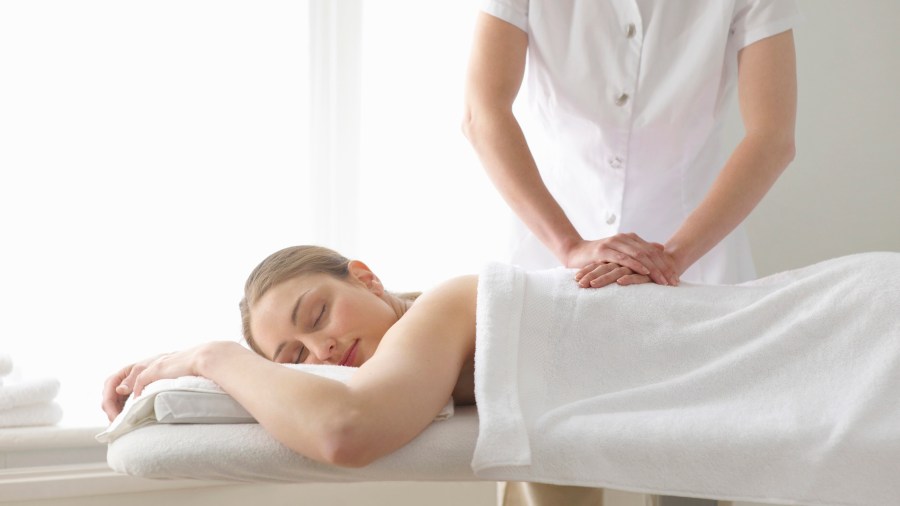
Localized Massage vs. Full-Body Massage
The different massage techniques can be implemented in two different ways, as localized massage focused on pain or tension in a specific part of the body or as full-body massage focused primarily on releasing stress and tension throughout the body and promoting relaxation. A foot massage can relieve soreness from standing on your feet all day, or a gentle neck massage can relieve tension from stress or sleeping in the wrong position.
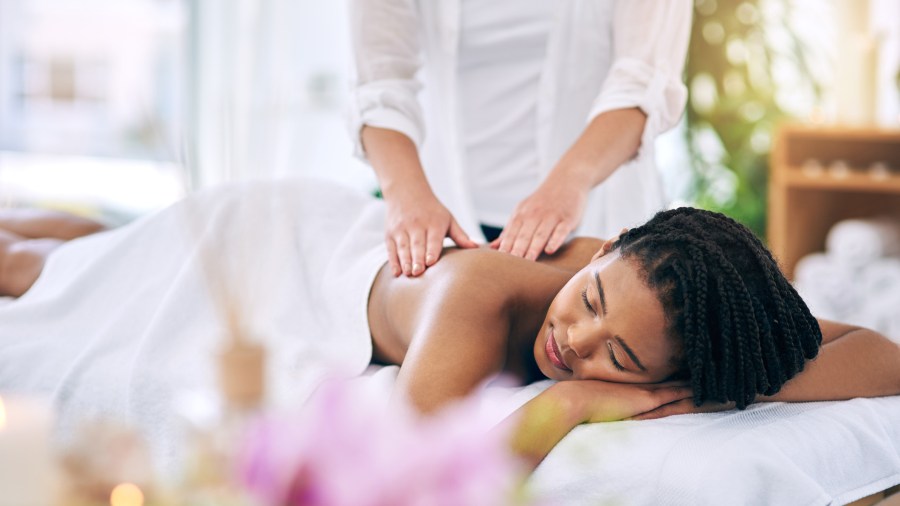
In most areas, specially trained massage therapists work in spas and salons and provide full-body massages to grateful patrons. It’s usually not hard to find these locations, but it’s important to make sure the masseuses have appropriate training in massage therapy before jumping on the table. Applying pressure in the wrong way to joints and muscles could cause pain and possibly even damage.
Swedish Massage
The most common and recognizable type of massage, Swedish massage consists of muscle kneading and light to medium pressure applied in long strokes to promote maximum relaxation, reduce anxiety and improve circulation. Deeper pressure may be applied using fingertips or knuckles and rhythmic tapping. Some therapists use aromatherapy oils and lotions with the massage to incorporate other senses into the experience. When you’re plagued by high levels of stress, a Swedish full-body massage could be exactly what you need.
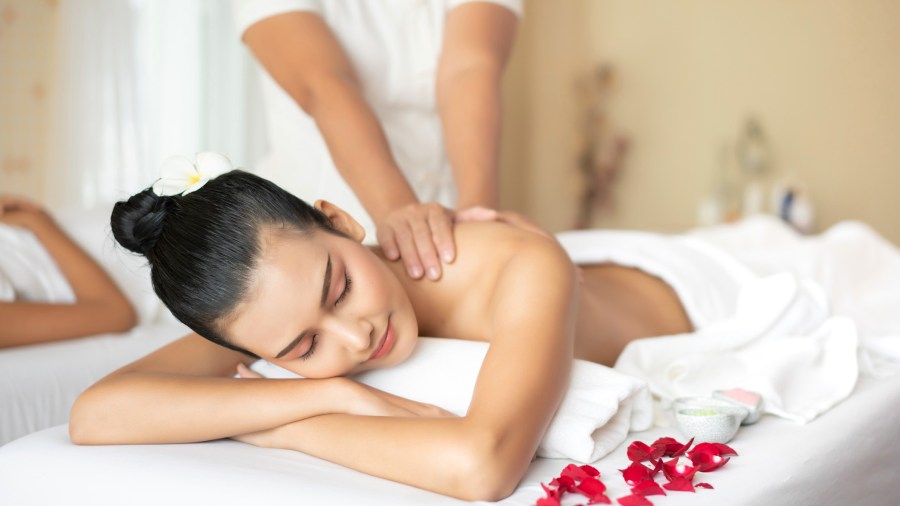
Deep Tissue Massage
If you’re struggling with pain, a deep tissue massage might offer some relief. This technique involves intense kneading using fists, forearms and even elbows to reach deeper into the muscles to alleviate pain and stiffness. In some cases, it can even improve mobility, but don’t expect to feel as relaxed as you would after a Swedish or more gentle type of massage. The deep tissue massage is all about intensity and can leave you feeling a bit like a wet noodle — but a wet noodle with lower blood pressure and improved mood from the release of oxytocin and serotonin. In some cases, deep tissue massage can cause lingering soreness, and it should be cleared by a doctor if you have any ongoing health conditions.
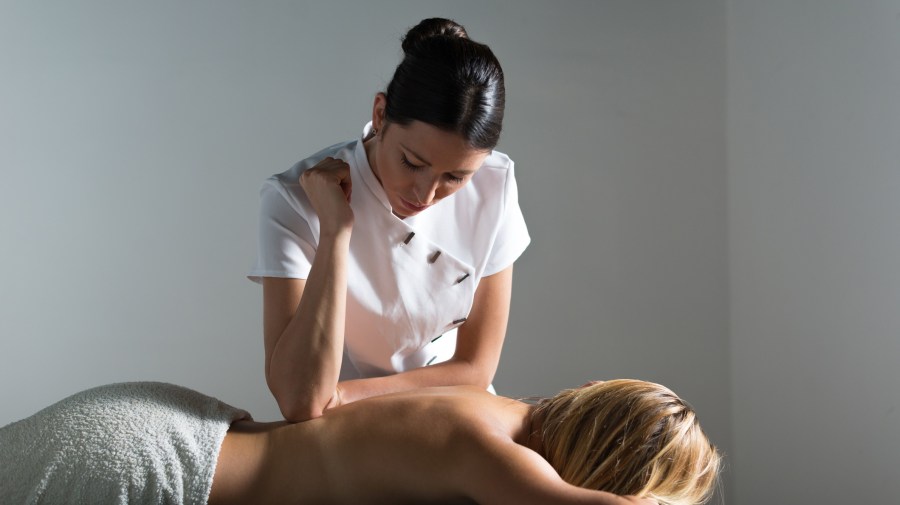
Therapeutic Sports Massage
Are you an active athlete or a weekend runner? Then you might benefit from a soothing sports massage that focuses on releasing tension, preventing injuries and addressing pain. Athletes often experience pain from repetitive movements and overworked joints and muscles. This therapeutic approach is similar to Swedish massage but focuses on specific problems associated with sports injuries.
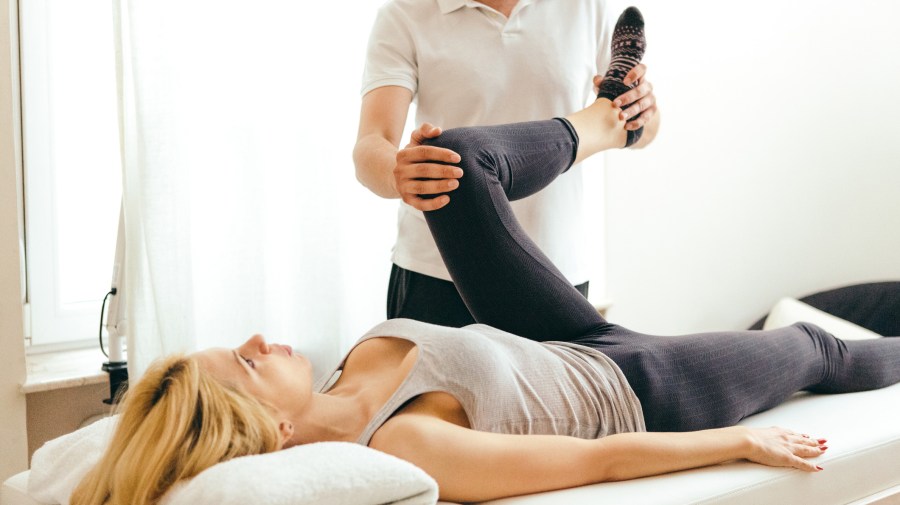
Hot or Cold Stone Massage
A popular offering in many day spas, stone massage uses either hot or cold smooth stones to soothe different issues with sore muscles and tissues. Heated stones placed gently on the back penetrate the underlying tissues and release tension, helping the whole body relax. If you have exercise-related injuries with swelling, you can use cold stones instead of hot to reduce the pain and swelling. Depending on your needs, alternating hot and cold stones may achieve the best results.
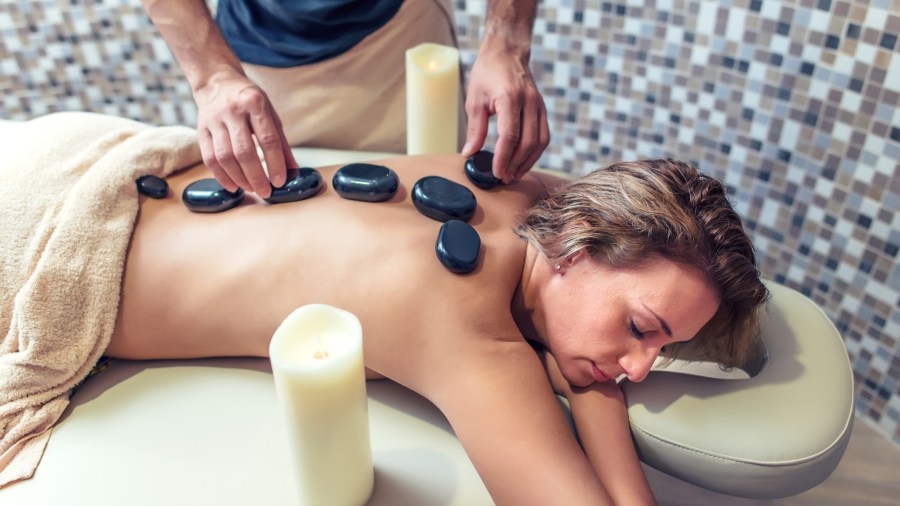
Myofascial Release and Rolfing Structural Integration
Connective tissues that join muscles, organs and other parts of your body are known as fascia. Myofascial release massages focus on alleviating pain by stretching those tissues and gently rolling the skin on related parts of the body, such as the back and legs.
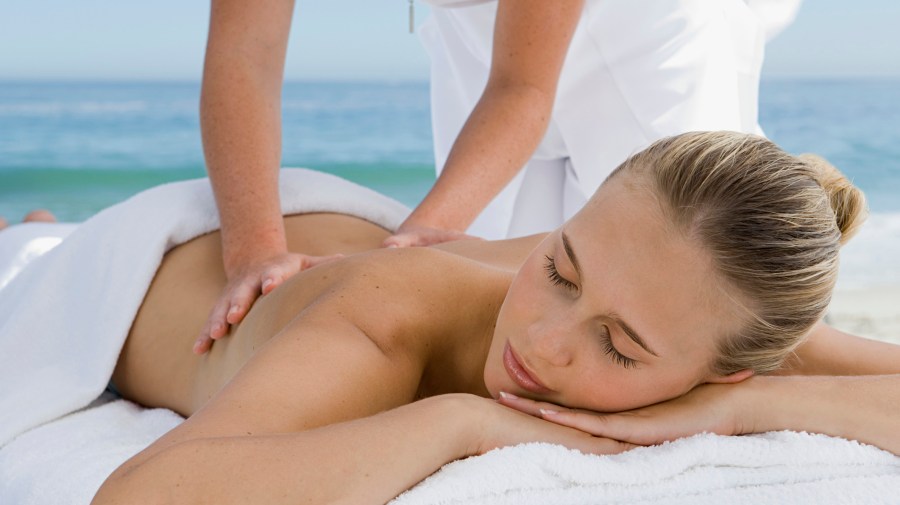
Similar to myofascial release, Rolfing structural integration focuses on connective tissues to relieve pain and release tension. The techniques are designed to balance the structure of the body with the intent of boosting energy and flexibility in addition to eliminating pain.
Shiatsu
The Japanese massage technique known as shiatsu is extremely popular in the U.S. Soothing, rhythmic motions are used to apply pressure to specific parts of the body using the fingers and palms of the hand. Many Asians believe in the concept of healthy energy in the body known as qi, and shiatsu is supposed to improve the flow of that energy.
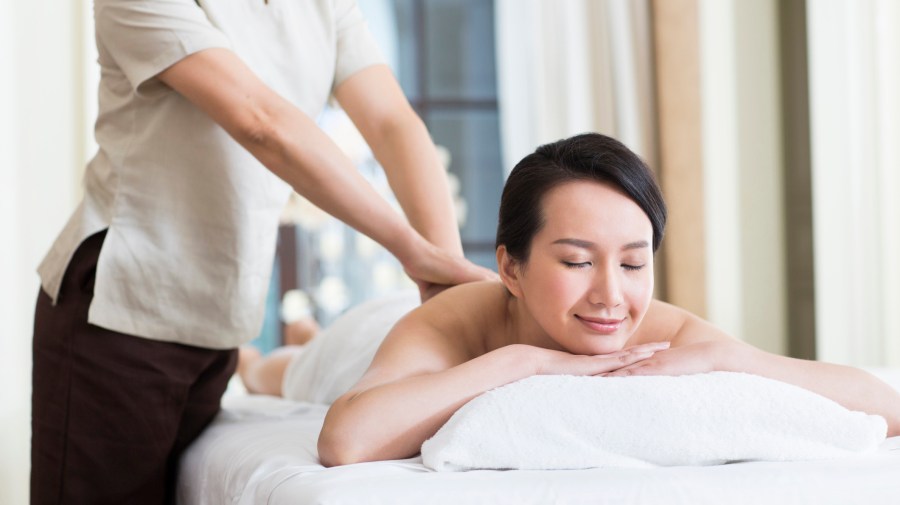
Trigger Point Massage
In some cases, tight fibers can form in your muscles due to overuse or injuries. Known as trigger points, these fibers loosen up in response to pressure or vibration applied directly to the knots. Trigger point therapy could also include physician-administered injections of anesthetics or corticosteroids or a combination of the two to help with pain management.
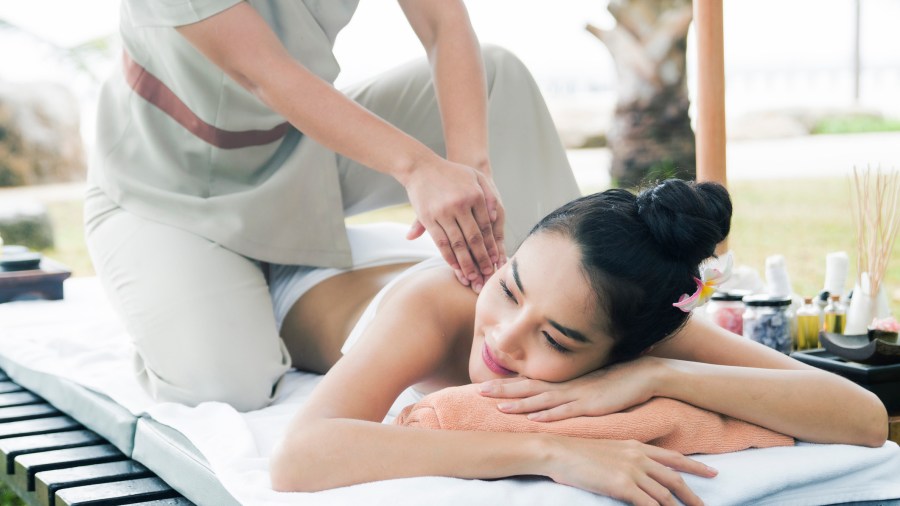
Self-Massage
Self-massage may not be quite as inspiring as the thought of stretching out on a table under the hands of a master massage therapist, but it can provide some relief when you don’t have the time or money for a professional massage. However, considering your lack of training, it’s best to only gently target painful areas and immediately stop if it feels like you’re making the pain worse.
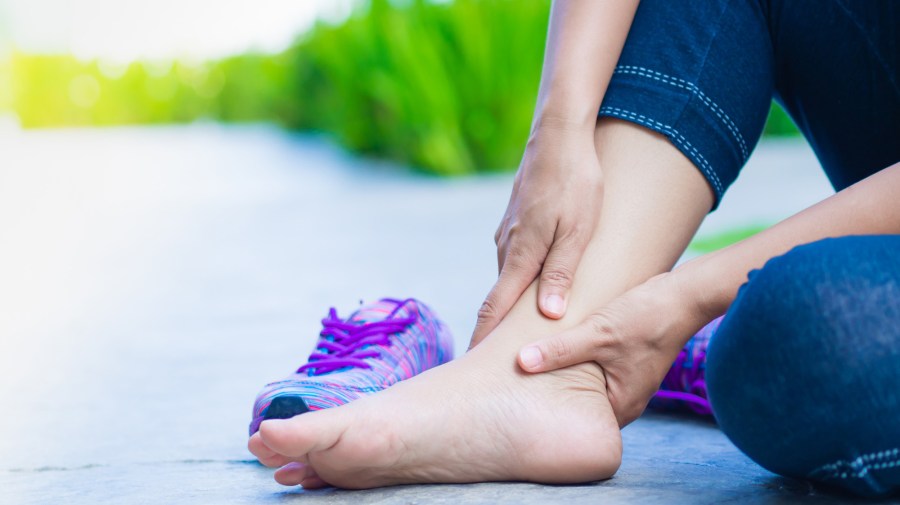
You can use your own hands or various massage tools — some include heat and vibration — to knead sore muscles and pressure points. You don’t have to resort to fancy methods. Old-school massage tools like tennis balls and rolling pins can also get the job done nicely. You may not be able to reach your back and shoulders, but it’s easy to work some self-massage magic on your feet, hands, neck and more.
Sources:
https://www.mayoclinic.org/healthy-lifestyle/stress-management/in-depth/massage/art-20045743





